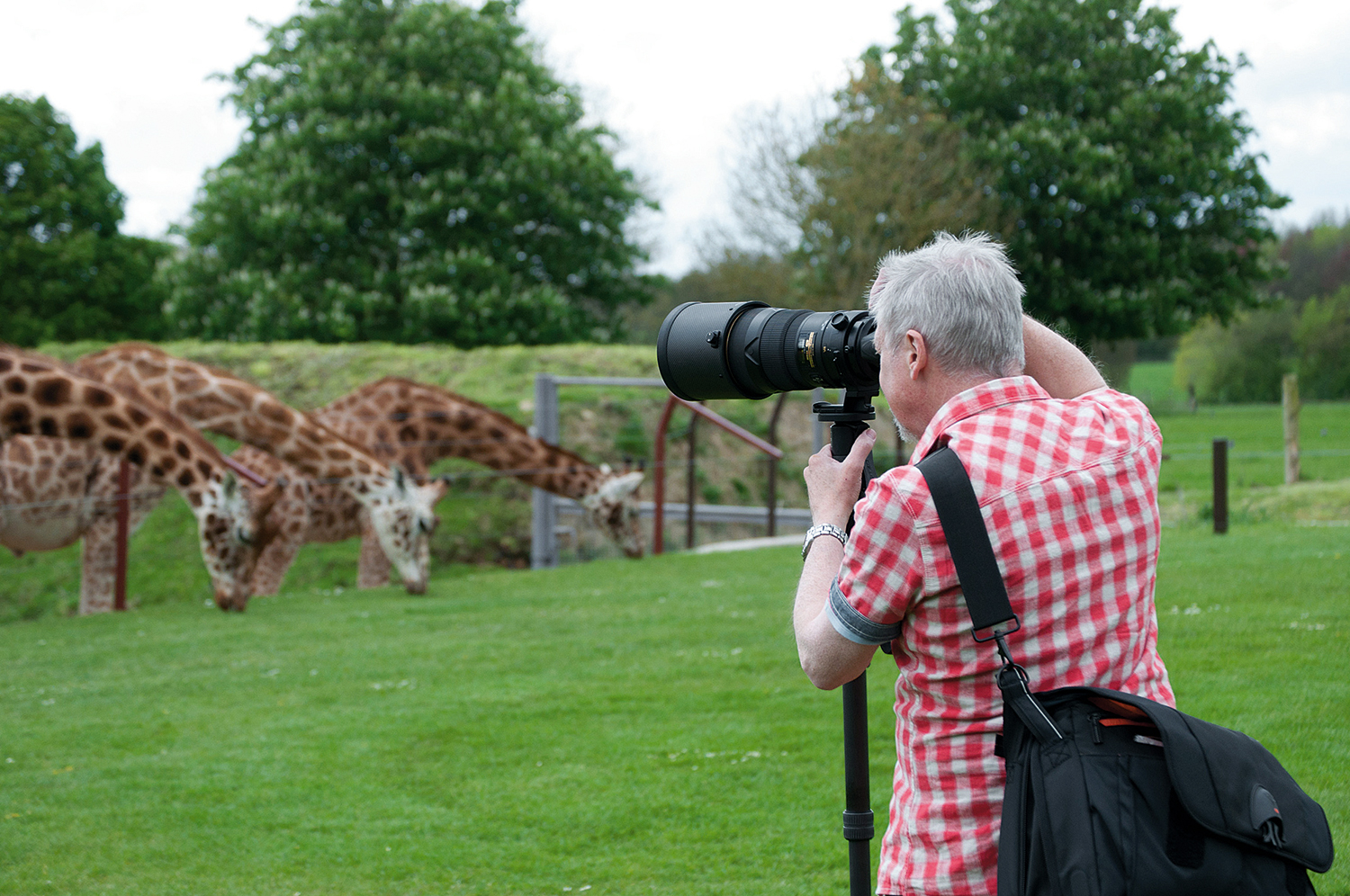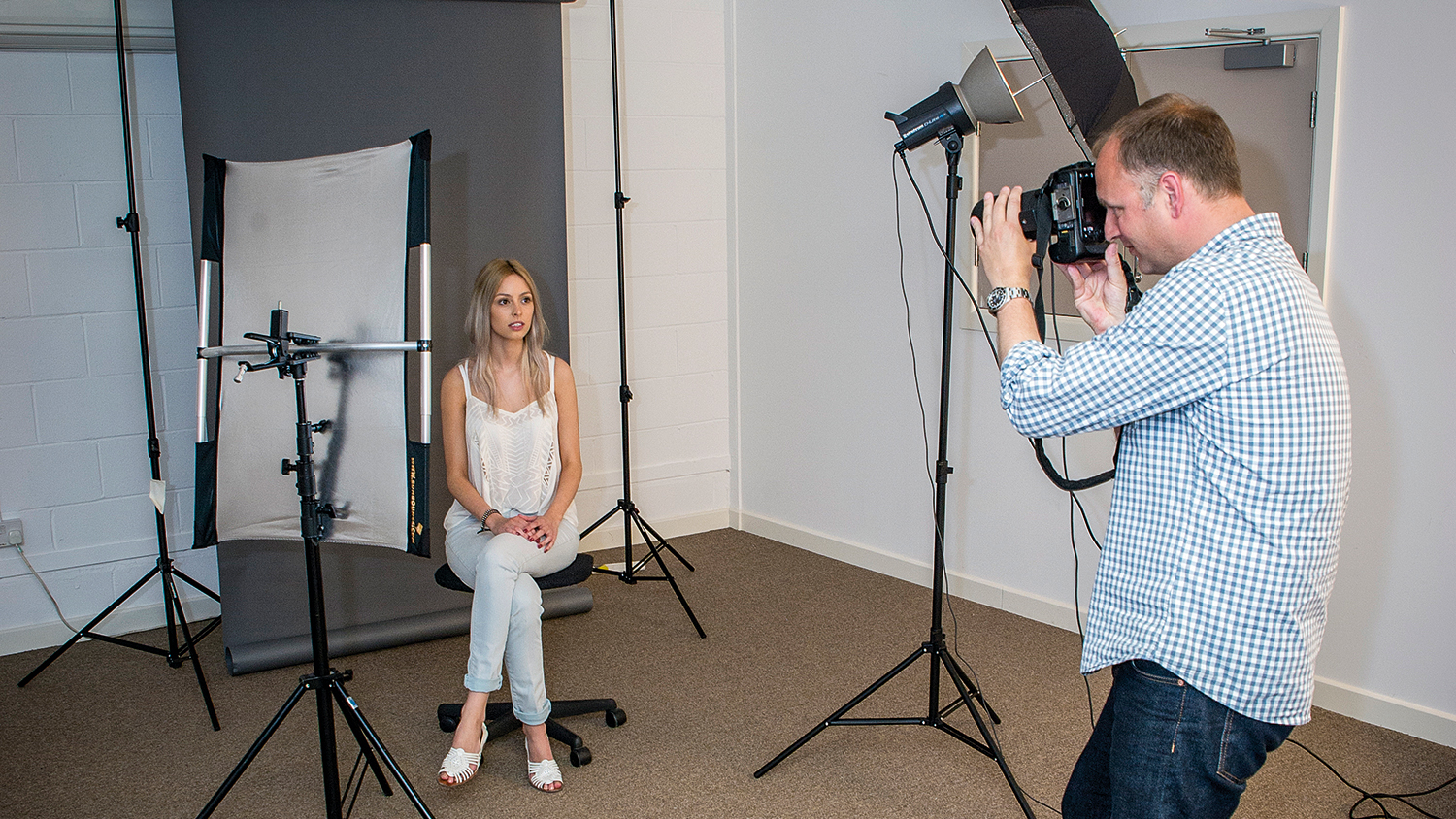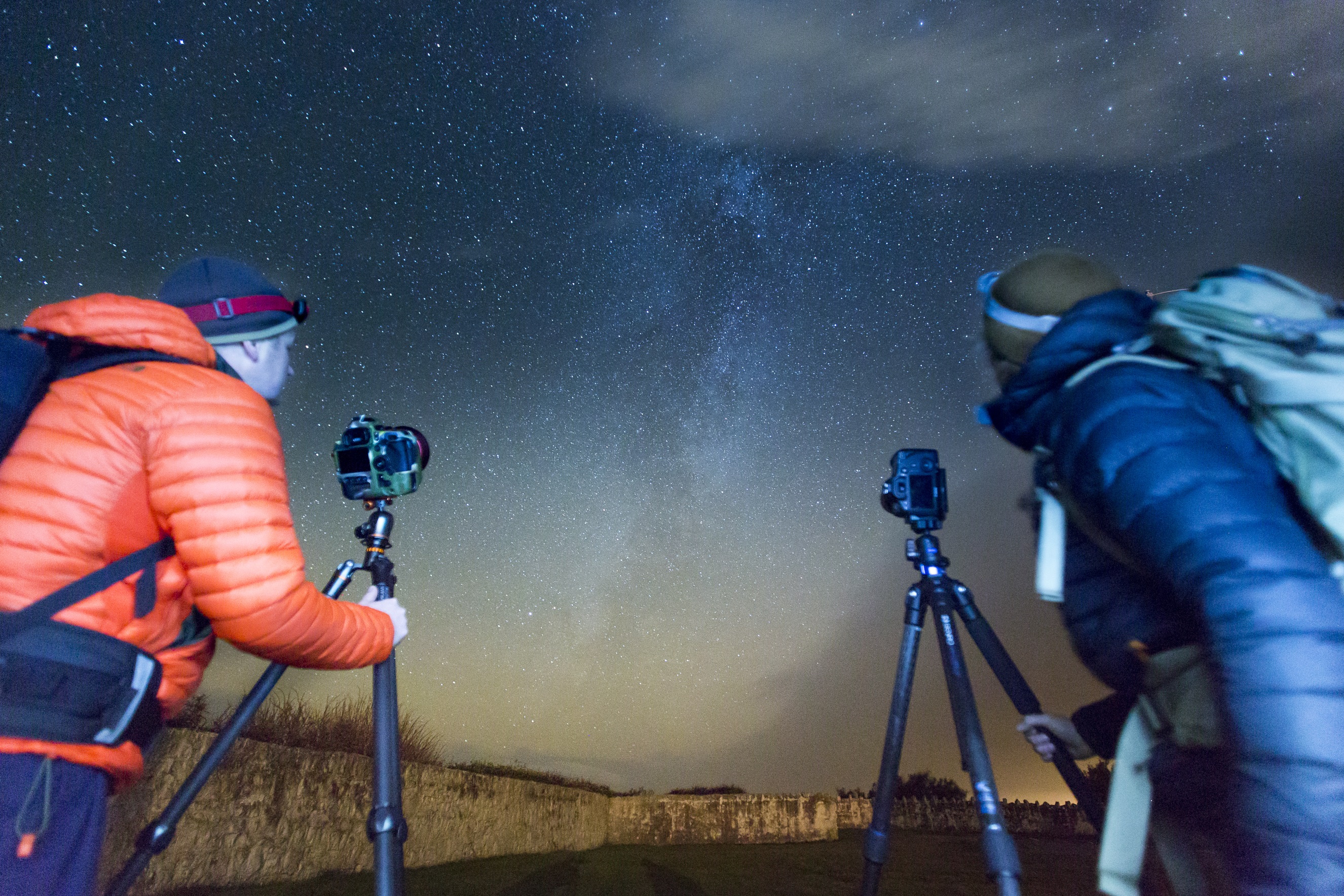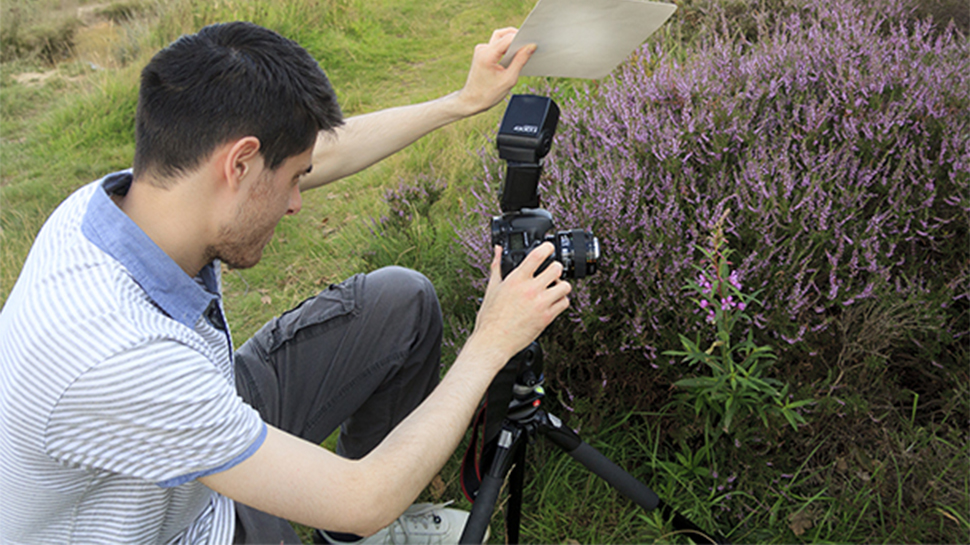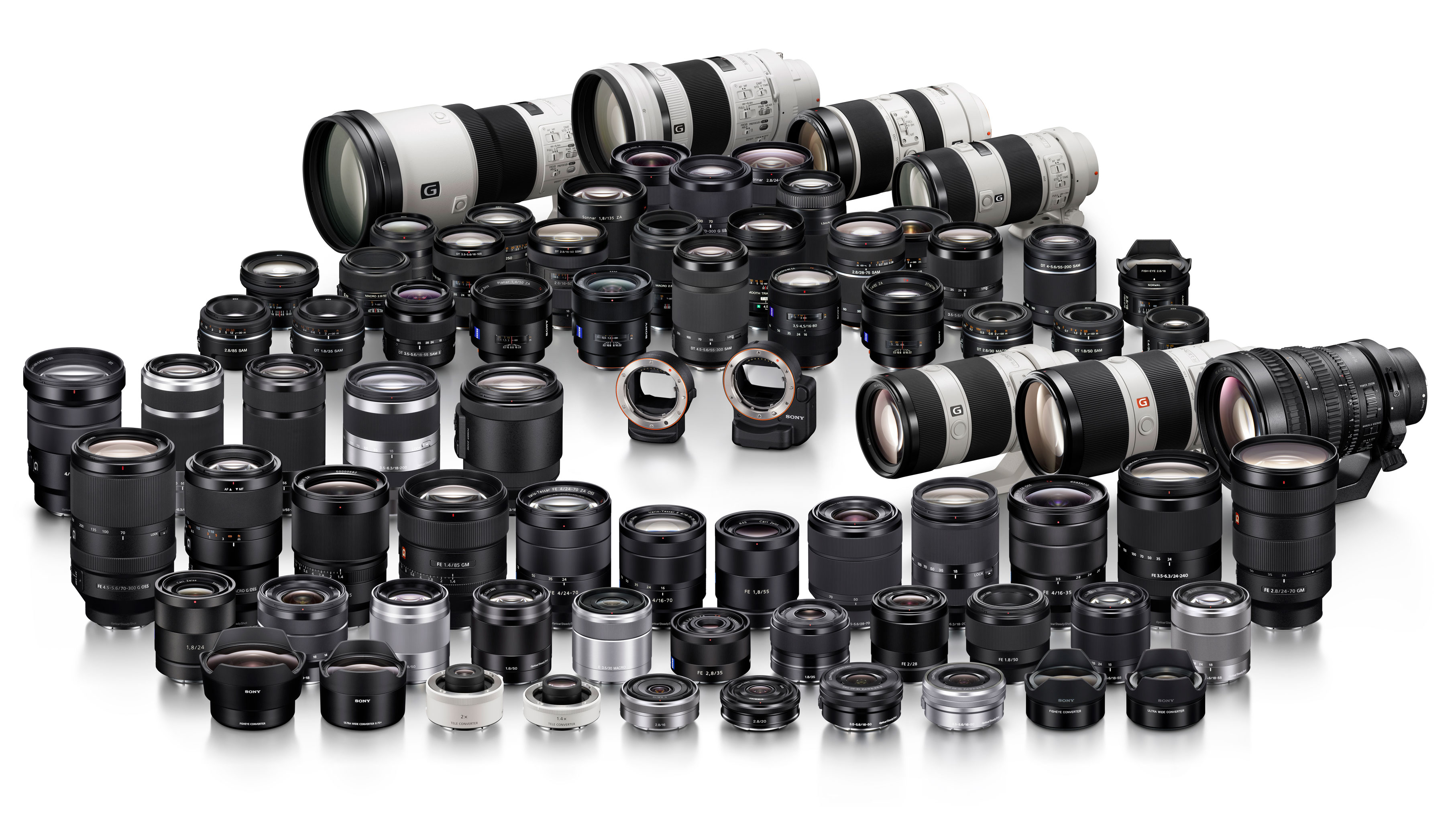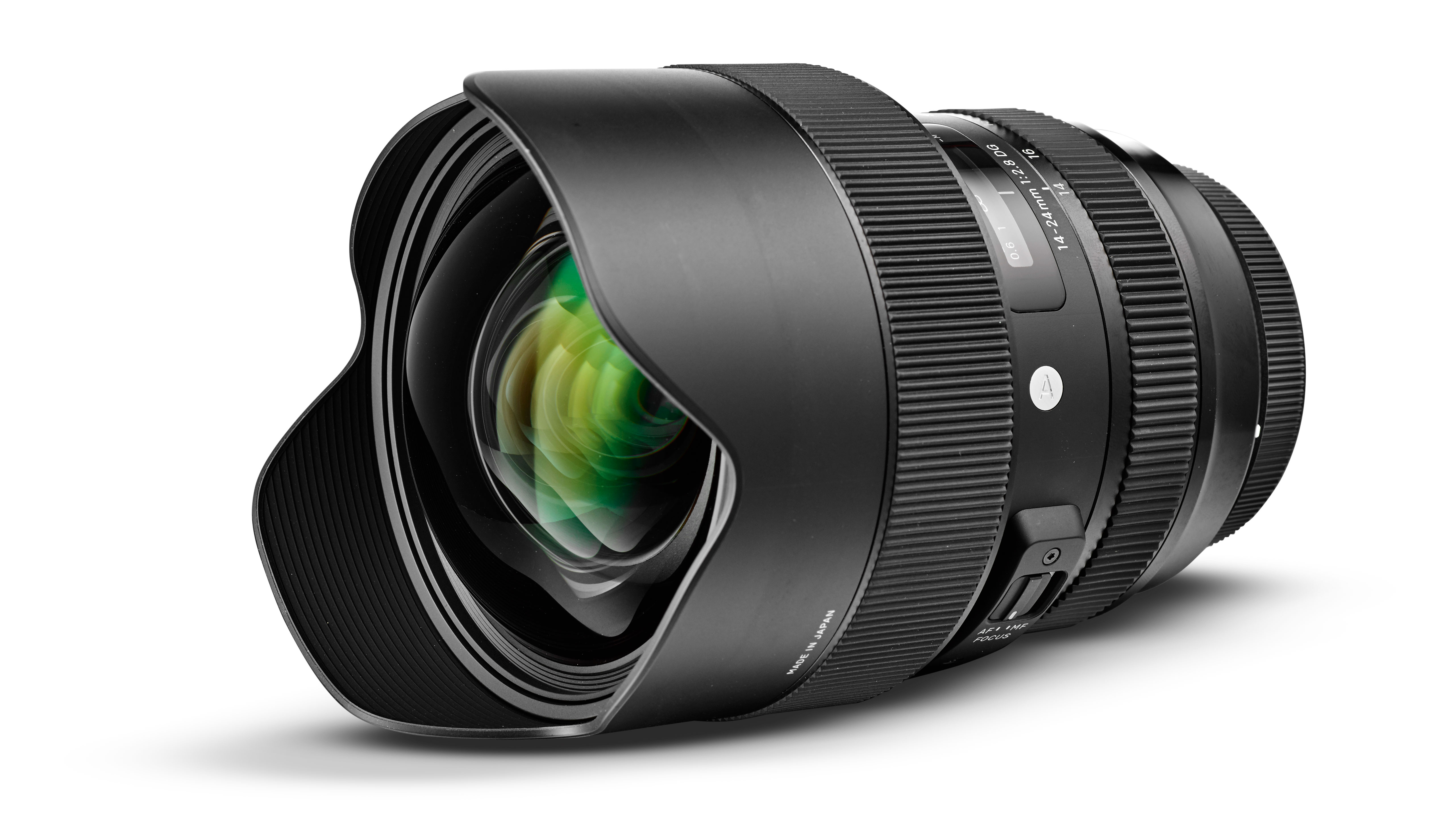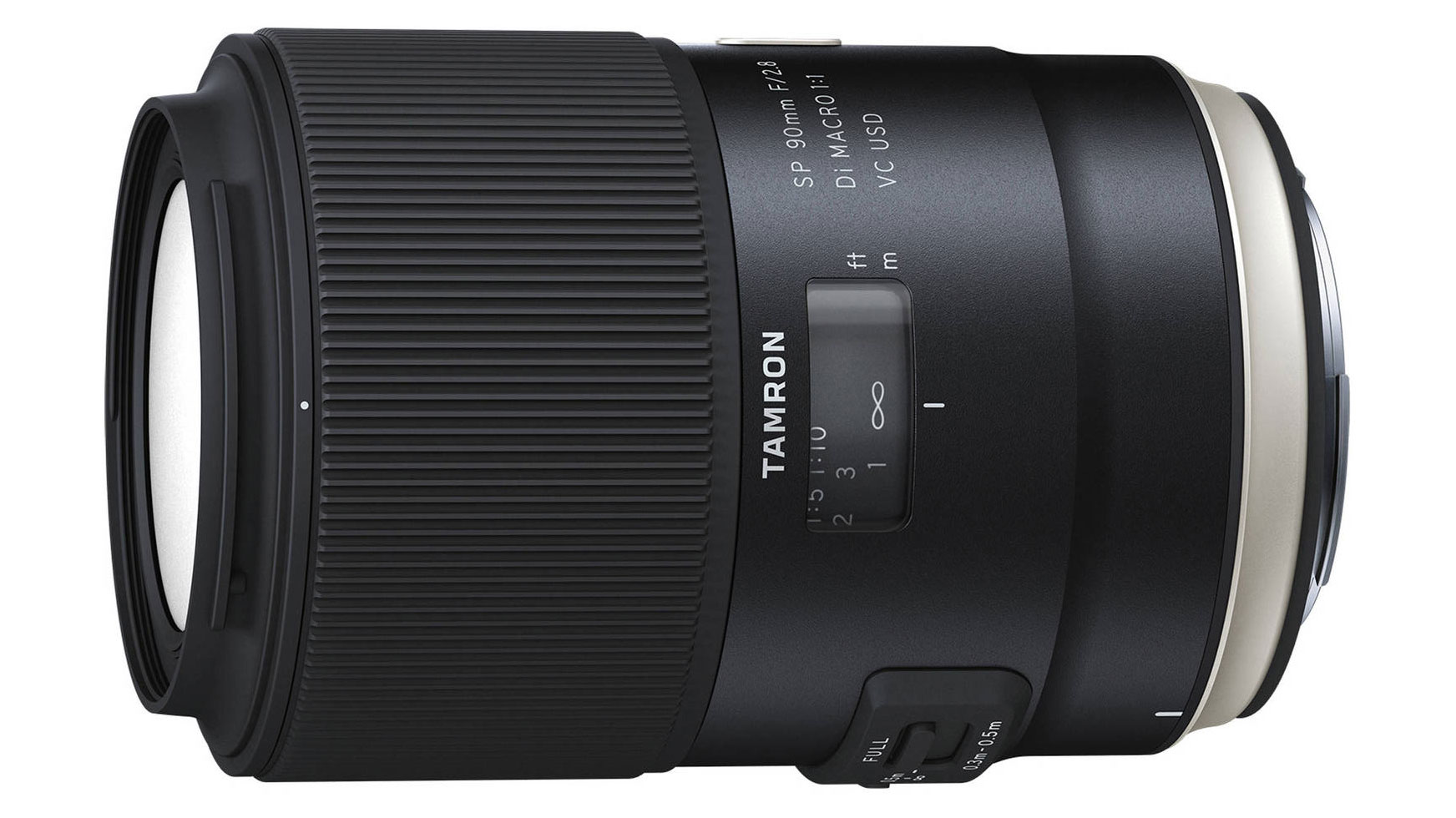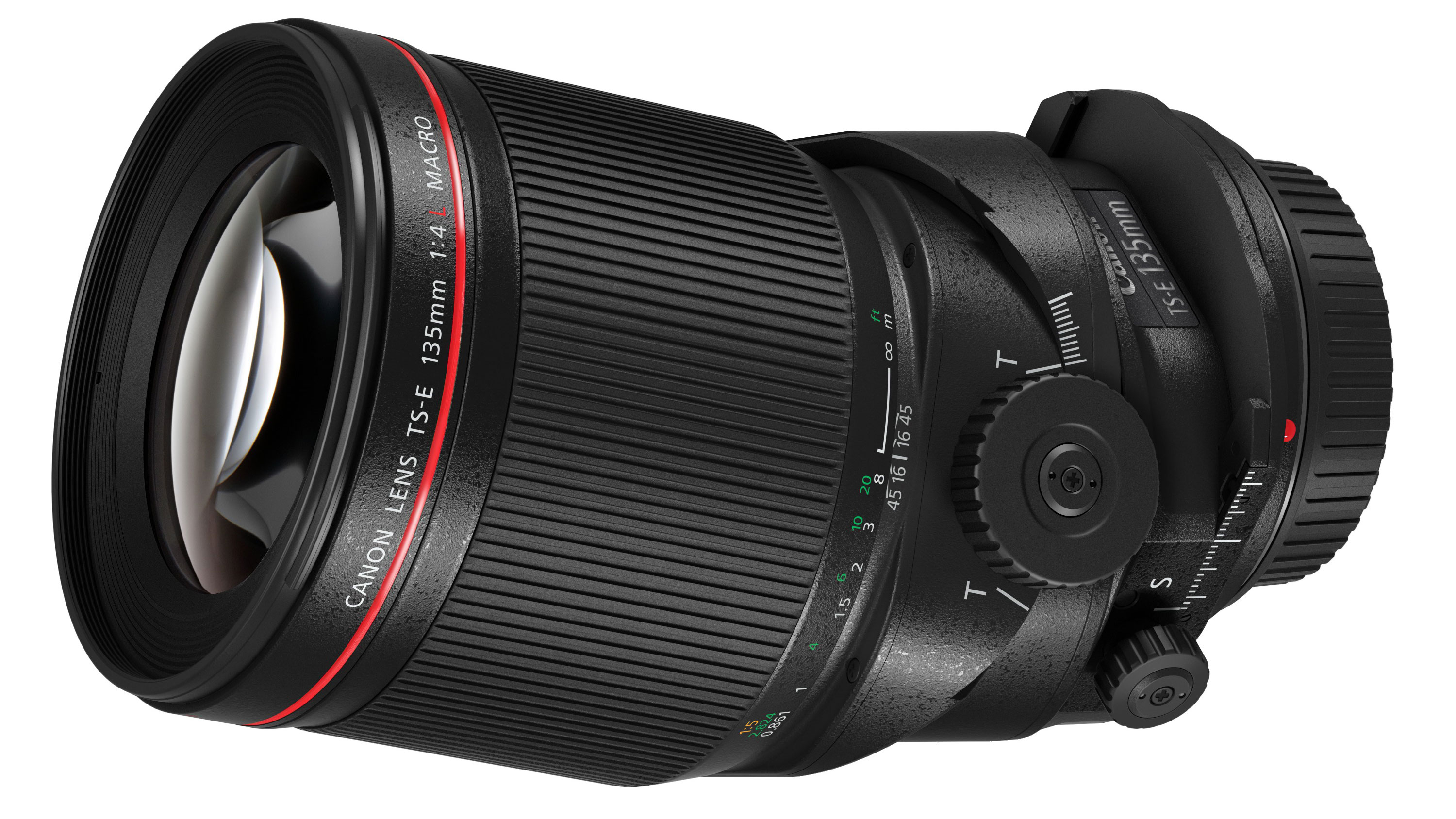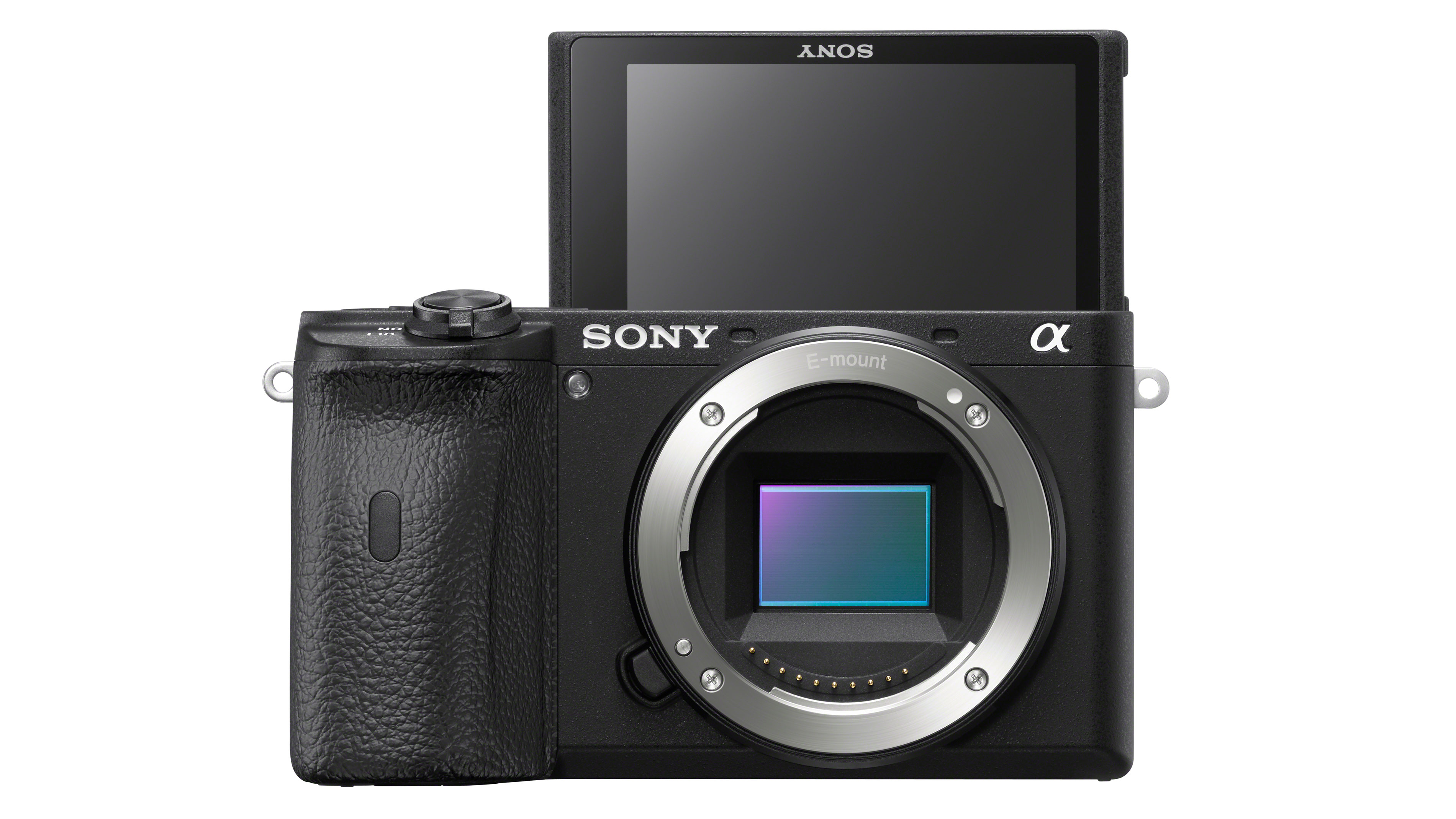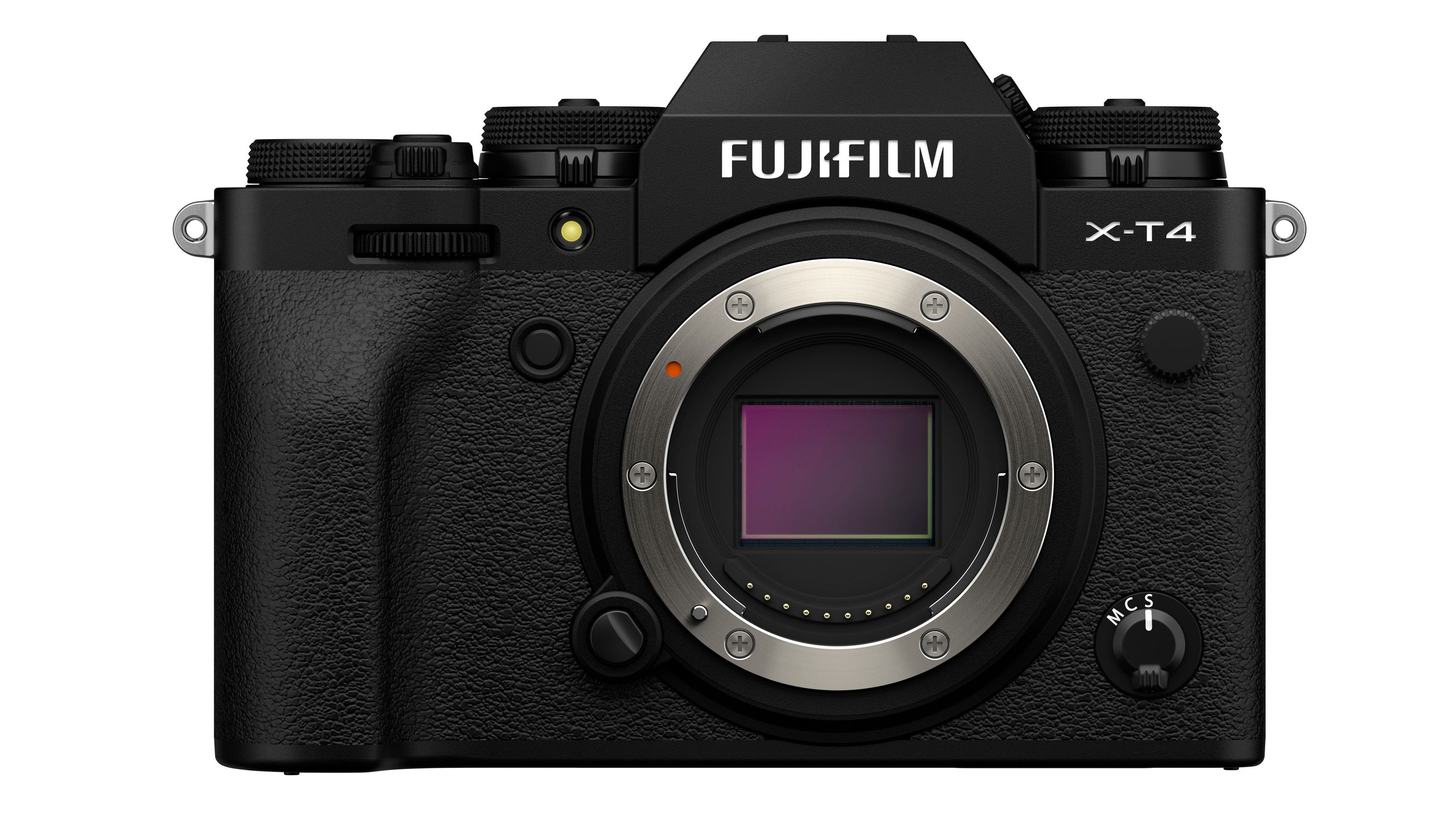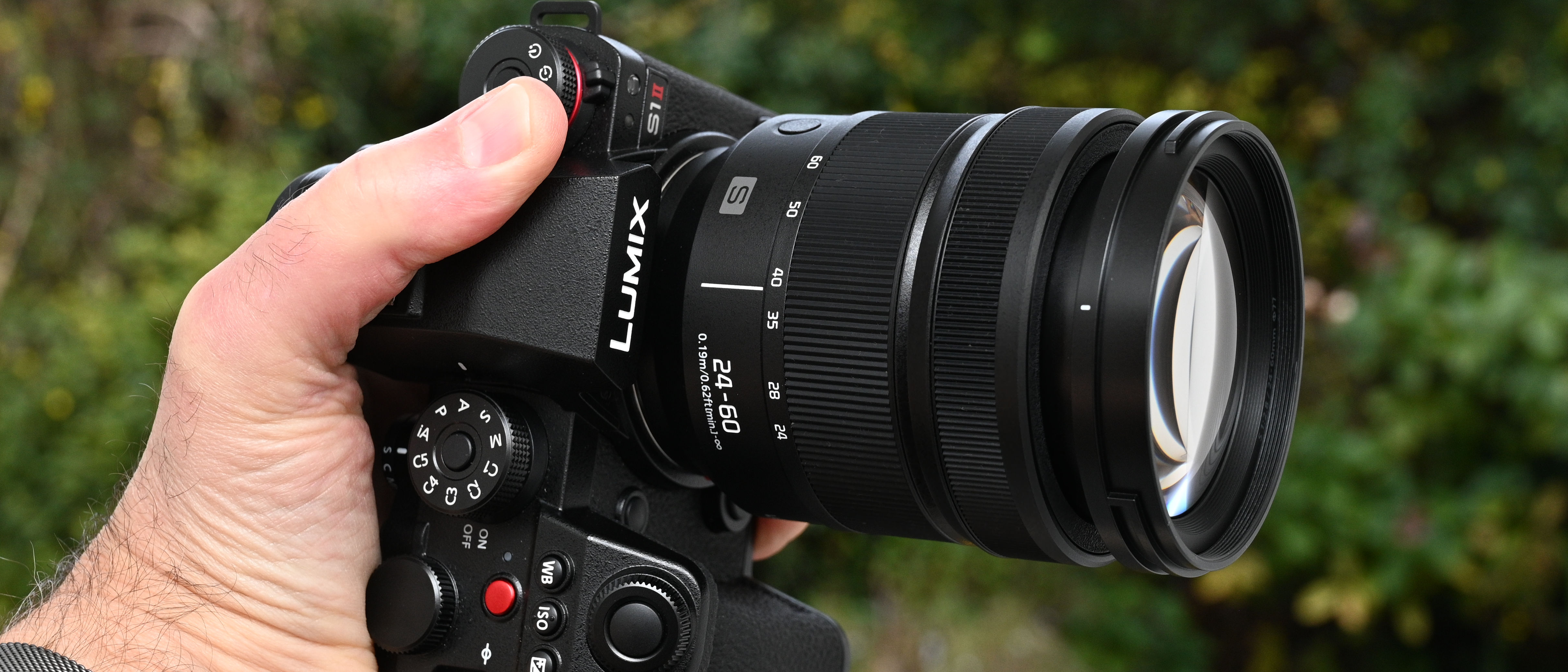What are the best camera lenses to buy? Here's everything you need to know
Choosing the best camera lenses isn't always easy when you're just starting out, so we explain the jargon and the choices
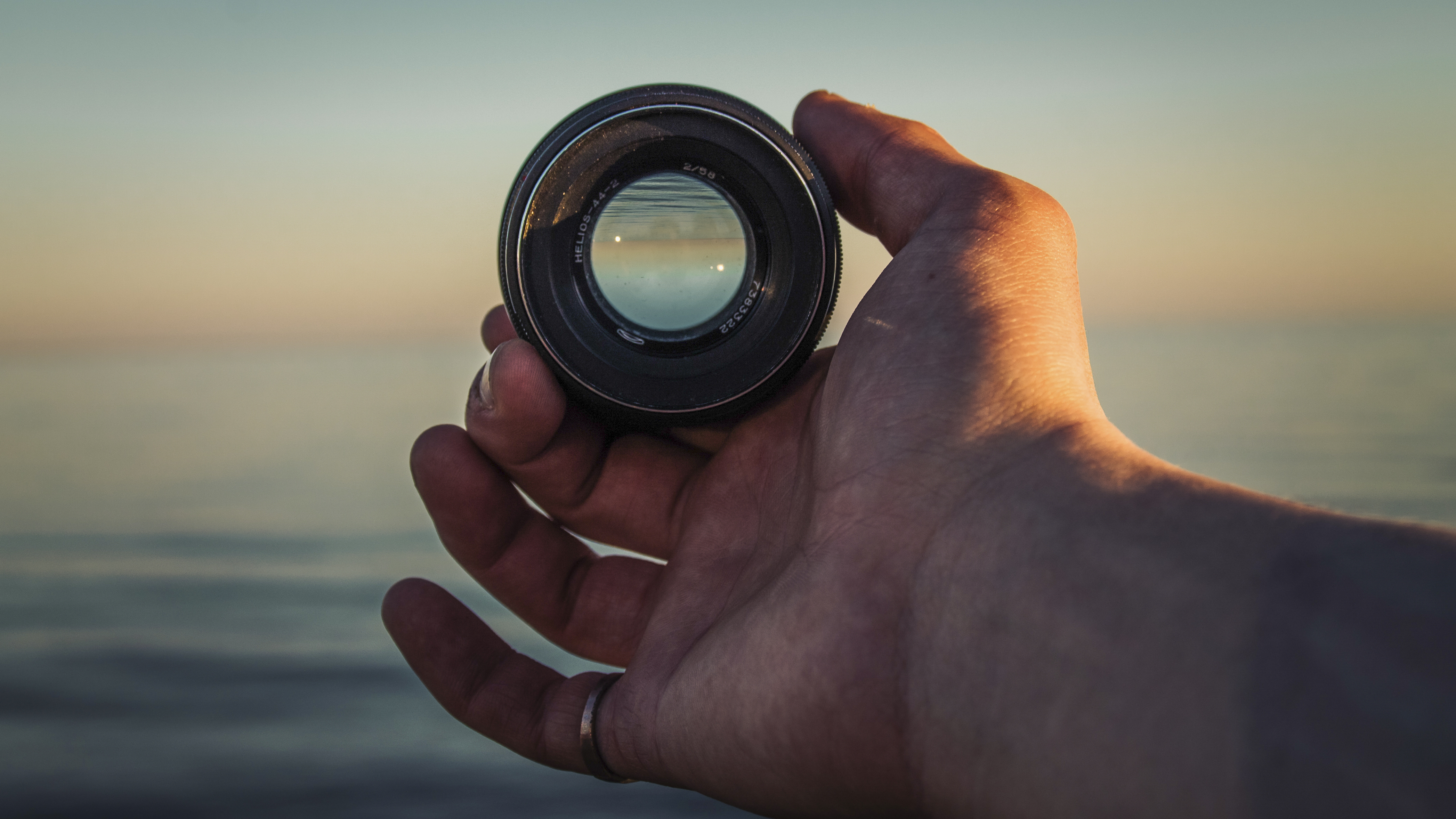
Choosing the best camera lenses becomes easier when you've been taking pictures for a while and you know what you're interested in, but if you're just starting out, the sheer number of different lenses, brands and types can be bewildering, so that's where this guide can help!
We reckon choosing the best lens usually boils down to three things:
1. Getting an idea of the things you like to shoot
2. Discovering the different lens types and what they do
3. Finding out what lenses are available for your camera
This is the approach that makes most sense to us, and we hope it will for you too. We've broken down this guide into sections, so you can either jump to the section that you want or read the whole article. We'll keep it brief!
So stick with us as we explain everything you need to know about lenses, and give you links to loads of lens buying guides which will help you find the perfect lens for your next photographic adventure.
What do you like to shoot?
This is a good starting point for choosing lenses because it helps you work out which types of lenses are going to be most useful.
Travel photography is really popular, and we think the best lenses for travel photography come in two types: superzoom lenses, which are like standard zooms but with a longer focal range for more distant subjects, and wide-angle lenses which help you get great interior shots or capture big landmarks from up close. You might also be interested in one of the best 35mm lenses for street photography.
Landscapes are another popular subject for photography, and for this we’d recommend a similar set of lenses to those you’d use for travel. An ultra-wideangle lens is especially useful for capturing big, scenic vistas. Very often, however, the details of a scene can be just as fascinating, and zooming in with a standard zoom lens can be very effective. You can even use a telephoto lens for more distant subject, and what works really well here is that this has the effect of compressing perspective and making the background much bigger and more imposing. This works especially well with mountains!
Lots of people get into photography because of passion for sports and wildlife, and what you need is a telephoto lens, because you’ll usually be some way away from your subjects. A regular telephoto will be fine for pets, domestic animals, motorsports and many other kinds of sport, but for wildlife, bird and aviation photography it’s likely you’ll need the extra magnification of a supertelephoto lens, such as a 100-400mm lens or even a 150-600mm lens.
If you like taking pictures of people, you’ll probably have heard about ‘portrait lenses'. These have two properties that make them ideal for people shots. First, they have a slightly longer focal length for a modest telephoto effect. This means you stand a little further away, and this avoids any unflattering wideangle distortion from standing too close. Second, ‘portrait’ lenses have a wide maximum aperture which can be used to create very shallow depth of field – so that your subject’s fact is sharp but the background is blurred.
Night sky photography has really taken off. If you want to photograph the moon, planets or celestial objects like nebulae, then you’re into more specialized territory with telescope adaptors, equatorial mounts and more – what we’re talking about here is wide-angle views of the night sky capturing whole constellations, perhaps even the Milky Way and elusive phenomenae like the aurora borealis. The best lenses for astrophotography will offer this wider enough angle of view and a fast maximum aperture so that you can use short exposure times to reduce the natural movement of stars across the sky.
Or, you are fascinated by details, tiny objects like insects or microscopic textures and patterns, you need a lens that can focus much closer than normal – a ‘macro lens'. The definition of a macro lens is one that can reproduce a tiny object at life size on the camera sensor, so an insect might almost fill the whole frame. Regular lenses just don’t focus close enough to do this.
Of course, you may well be shorting video rather than stills – and although the same lenses can be used to suit your subject, filmmaking has its specific needs. If you are vlogging, for instance, you are usually filming yourself close to the camera so there are some specific things to watch out when picking the best lens for vlogging.
For filmmaking, then you may well be looking for the best cine lenses, which are designed to offer very precise manual focusing control and other benefits that suit the cinema camera user.
Basic lens jargon
When you're choosing a lens, you're faced with a lot of jargon, and very often the first thing you'll encounter is lens types, for example 'telephoto lenses', 'macro lenses', 'ultra-wide lenses' and more.
It's useful to explain two bits of jargon straight away: focal length and maximum aperture.
First, the focal length. This is quoted in millimetres ('mm'). Basically, it tells you the lens’s angle of view or ‘magnification’ (it’s the same thing, really). The shorter the focal length, the wider the angle of view. The longer the focal length, the greater the magnification. Photographers use the focal length to split lenses up into different categories. It gets more complicated when you have cameras with different sensor sizes, so very often we talk about ‘effective’ focal lengths for these, just to keep the comparisons the same.
• Have a look at this: Cheat sheet: Focal lengths
Second, the maximum aperture tells you the lens’s light-gathering power. A smaller number means a wider aperture – the smaller the number the more light you get, which is a big advantage for many kinds of photography. A wide maximum aperture will let you use a faster shutter speed, which is very important for low light and action photography, and give you more pronounced background blur to help your subject stand out for portrait shots, for example.
• More info: What is aperture on a camera?
Standard or 'kit' lenses
Every photographer needs a standard zoom lens for everyday all-round photography. Most cameras are sold with an inexpensive ‘kit’ lens, but some can be bought ‘body only’ for people who already have a lens or want to choose a better quality lens separately. Kit lenses typically have a 3-5x zoom range that goes from a wideangle view to a mild telephoto effect, but an even longer zoom range can be useful when you need extra versatility – as in travel photography, for example. Cheaper lenses have a variable maximum aperture (it goes down when you zoom in) but more expensive ones have a fixed maximum aperture that doesn’t change. The best standard zoom lenses offer better quality, a faster aperture or a longer zoom range. For maximum zoom range you can get a superzoom lens. These are big and heavy and the quality isn't always great, but they can make some of the best lenses for travel.
Telephotos and 'super-telephotos'
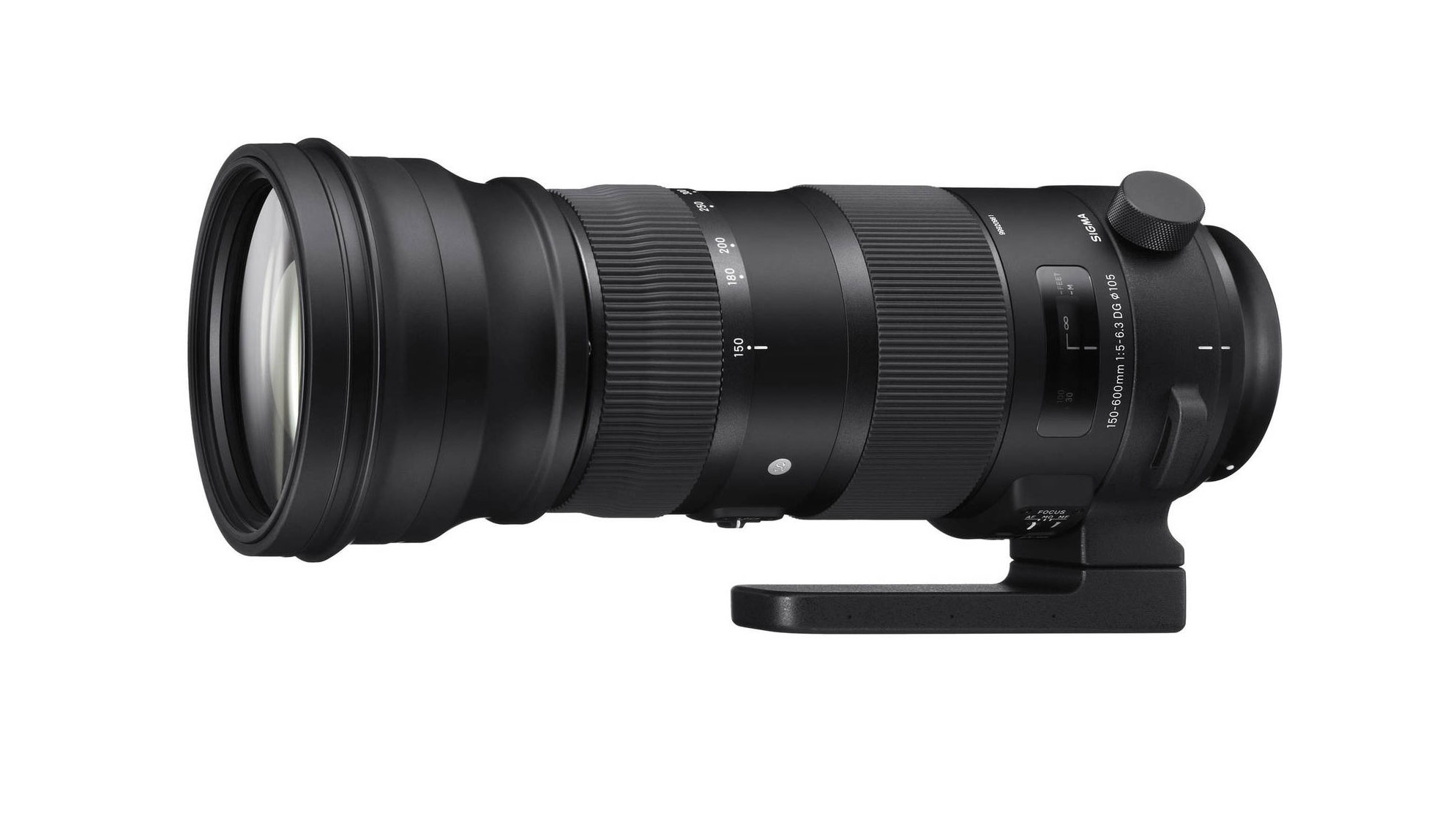
A telephoto is usually the first choice for anyone buying their first extra lens. They let you zoom in on distant subjects and are ideal for sports or wildlife photography. As with standard lenses, cheaper lenses have a variable maximum aperture, and it’s the price you pay for low cost and light weight. The best telephoto lenses aimed at pro or enthusiast photographers might go for a heavier and more expensive 70-200mm lens with a constant f/2.8 aperture.
'Super-telephoto' lenses have a much longer range and are amongst the best lenses for bird photography, for example. Have a look out our guides to the best 100-400mm lenses and the best 150-600mm lenses for more information and examples.
Ultra-wide lenses
If you’re interested in travel and landscape photography, an ultra-wideangle could prove much more useful than a telephoto. They offer a much wider angle of view than a regular standard zoom and they are great for interior shots, wide landscapes and tall buildings. An ultra-wideangle zoom will give you a little more flexibility, but it’s also possible to get ultra-wideangle prime lenses – these may give you a wider maximum aperture, better edge to edge image sharpness and less distortion.
You may also encounter fisheye lenses. These are a special case! Fisheye lenses capture an even wider angle of view than ultra-wideangle lenses, but give up on attempting to render straight lines as straight. As a result, you get a very strong curved distortion effect near the edges of the frame that’s all part of the characteristic ‘fisheye’ effect. These are pretty specialized lenses and not for everyone.
Zooms vs primes
That was a pretty quick tour of three main lens types, but there are a whole lot more, especially when you start to include prime lenses.
We all know what a zoom lens is. You turn a ring on the lens to change the magnification and this makes zoom lenses very versatile because you can change the framing of the picture without having to change your position. The flexibility of zoom lenses means they’re the most popular type, and the ‘zoom range’ – the magnification range, in other words, is another selling point.
So called ‘prime lenses' don’t zoom. They have a fixed focal length and a fixed angle of view. This makes them more restrictive in one sense, but prime lenses have some advantages of their own – and they are actually making a bit of a comeback. Prime lenses are smaller and lighter than zooms, they usually have a wider maximum aperture and hence light-gathering ability, and it’s possible to make more specialized lenses for close up ‘macro’ photography and ‘fast’ (wide aperture) ‘portrait’ lenses. Ultra-wideangle prime lenses typically have less distortion than zooms too.
Here are some examples of useful prime lenses.
Portrait lenses are really popular. These are prime lenses with a focal length of 85mm or thereabouts which have a maximum aperture of f/1.8, f/1.4 or even f/1.2. The longer focal length means you stand further back and this makes faces looking more natural. The wide maximum aperture produces very shallow depth of field so that you can throw the background completely out of focus.
Macro lenses are made for ultra close up photography. These are invariably prime lenses – you don’t need a zoom here because you change the size of the subject simply by moving closer or further away. A prime lens also gives the best quality for detailed subjects at ultra-close distances. Macro lenses come in different focal lengths – generally, a longer focal length is better because it means you don’t have to get quite so close to your subject and perhaps scare it away or cover it with your own shadow.
Tilt shift lenses (or 'perspective control' lenses) are a special case! They are used mainly by commercial and architectural photographers. They have complex adjustments which enable you to shift the lens vertically or horizontally relative to the camera and this can be used to capture tall buildings, for example, without having to tilt the camera and introduce converging verticals. The tilt movement is used to control the plane of sharp focus with nearby objects – it’s especially useful where your subject is on an angled plane rather than perpendicular to the camera. Tilt-shift lenses are expensive and complex to use, so they are rather specialized.
Retro 'art' lenses, as made by Lensbaby and Lomo and many others have becoome extremely popular. Modern lenses are designed to be as sharp as possible, distortion free and with even brightness across the whole frame. That’s good from a technical standpoint, but it does mean they have lost the ‘character’ of old lenses and the way they render images. Companies like Lomography and Lensbaby are experimenting with the re-introduction of older lens designs to recreate this softer, less perfect but some might say more characterful looks. Lomography has brought back an old Petzval lens design with ‘swirly’ bokeh and Lensbaby makes the excellent Lensbaby Trio – three lenses with three different ‘looks’ on a rotating turret.
What camera do you have?
When you know what you want to shoot and you’ve worked out which lenses you need, there is one more hurdle – you need to make sure you can get this lens in a version that fits your camera. In other words, you have to know about lens mounts and lens compatibility.
Every camera maker uses its own bespoke lens mount (with a couple of exceptions). Even here there may be complications, because camera makers often have more than one range of cameras, and these may have different mounts and sensor sizes to consider.
Things are simpler if you only ever buy lenses from your camera’s maker, but there are lots of really good independent lens makers out there now, including Tamron, Sigma, Samyang and Laowa, and if you want to use one of these lenses you have to make sure first that it’s available in a mount to fit your camera and, second, that you order the right one!
So here’s a run-down on the lens mounts and brands on the market right now and the things you need to know about each one.
Canon makes DSLRs and mirrorless cameras and they use different lens mounts. Canon full frame DSLRs use the Canon EF mount, while the amateur-orientated APS-C Canon DSLRs use the slightly different Canon EF-S mount. You can use full frame EF lenses on the smaller EF-S cameras, but not the other way round. EF-S lenses are designed solely for the smaller format cameras.
There’s less crossover with the mirrorless Canons. The amateur-oriented Canon EOS M cameras use a Canon EF-M mount that’s different to the Canon RF mount used on Canon’s EOS R full frame cameras. There’s little or no crossover here, though both cameras can use Canon DSLR lenses via an adapter.
• Best Canon lenses
• Best Canon RF lenses
• Best Canon EF-M lenses

Like Canon, Nikon makes both DSLR and mirrorless cameras and in both APS-C and full frame sizes, though the situation is a little less complicated. Nikon DSLRs use the well established Nikon F mount and you can use the same lenses on both APS-C (DX format) Nikon cameras and full frame (FX format) models. The only restriction is that smaller format DX lenses can only be used in a lower resolution ‘crop’ mode on full frame Nikon DSLRs.
For its mirrorless cameras Nikon has introduced a new Nikon Z mount, but it’s the same on both its APS-C format models (the Nikon Z50 and Nikon Z fc) and its two full frame mirrorless cameras (the Nikon Z5, Nikon Z6 II and Nikon Z7 II). As with Nikon DSLRs, you can use the same lenses on both, but smaller format DX Nikon Z lenses will be in ‘crop’ mode on the full frame bodies. You can get a Nikon FTZ adapter to use regular Nikon DSLR lenses on these cameras.
• Best Nikon lenses
• Best Nikon Z lenses
Sony’s mirrorless cameras split into APS-C and full frame models. These use a lens mount that’s physically the same, but referred to as ‘E-mount’ on the APS-C cameras and ‘FE’ on the full frame models. You can use the same lenses on both cameras, but E-mount lenses will be used in ‘crop’ mode when fitted to a full frame camera.
• Best Sony lenses
• Best lenses for Sony A6000 and family
The Fujifilm camera system is a lot simpler. It makes APS-C format X-mount mirrorless cameras and medium format G-mount cameras. There’s no crossover between the X-mount lenses and medium format lenses, so the lens choices are simple.
• Best Fujifilm X-mount lenses
• Best Fujifilm GF lenses
Olympus cameras use a smaller Micro Four Thirds (MFT) sensor size and lens mount across its range of interchangeable lens mirrorless cameras. All the Micro Four Thirds (MFT) lenses fit all the cameras. What’s more, it’s the same mount and system as Panasonic G-series cameras, so you can use Panasonic MFT lenses on Olympus cameras and vice versa, albeit with some occasional autofocus or image stabilization limitations.
• Best Micro Four Thirds lenses
• Best Olympus lenses
Up until recently, Panasonic exclusively used the same MFT system as Olympus for its Lumix G mirrorless cameras. More recently, however, it has introduced a new Lumix S full frame mirrorless camera system which has adopted the L-mount lens mount originally developed by Leica but now supported jointly by the L-mount Alliance (Panasonic, Leica, Sigma). Panasonic still makes its smaller G-series cameras, but these and the new Lumix S cameras are now two separate systems with no crossover in lens mounts.
• Best Micro Four Thirds lenses
• Best L-mount lenses
Pentax makes DSLRs with both APS-C and full frame sensors. These use a modern adaptation of Pentax’s long-running Pentax K mount and while you can use the same lenses on both APS-C and full frame cameras, some are designed solely for the smaller APS-C format and are not really suitable for the full frame cameras.
Pentax also makes the 645Z medium format camera. This has a larger Pentax 645-mount that’s specific to this camera.
Lens adapters
In some circumstances you can get lens adaptors for fitting one lens type on to a body of another type or brand. There are restrictions and limitations to be aware of.
• In some instances, a camera maker like Canon or Nikon may make adapters to mount their older lenses on a newer body and will all the autofocus and other features enabled. Basically, it means you can use older DSLR lenses on newer mirrorless cameras.
• Most lens adaptors, however, are 'dumb'. Physically, you can mount a huge number of different lenses on different bodies with the right physical adapter, but you will lose autofocus and exposure (aperture) control, so typically this is used for lenses which have manual focus and manual aperture control rings – as most 'classic' camera lenses do.
So how do you know if a lens can be 'adapted'. It's all down to the 'flange' distance, or the distance between the lens mount and the camera sensor. There needs to be some space for inserting the adaptor, so the general rule is that you should be able to get an adapter to fit an DSLR lens (longer flange distance) on to a mirrorless camera (shorter flange distance), but not the other way around.
The best camera deals, reviews, product advice, and unmissable photography news, direct to your inbox!

Rod is an independent photography journalist and editor, and a long-standing Digital Camera World contributor, having previously worked as DCW's Group Reviews editor. Before that he has been technique editor on N-Photo, Head of Testing for the photography division and Camera Channel editor on TechRadar, as well as contributing to many other publications. He has been writing about photography technique, photo editing and digital cameras since they first appeared, and before that began his career writing about film photography. He has used and reviewed practically every interchangeable lens camera launched in the past 20 years, from entry-level DSLRs to medium format cameras, together with lenses, tripods, gimbals, light meters, camera bags and more. Rod has his own camera gear blog at fotovolo.com but also writes about photo-editing applications and techniques at lifeafterphotoshop.com


